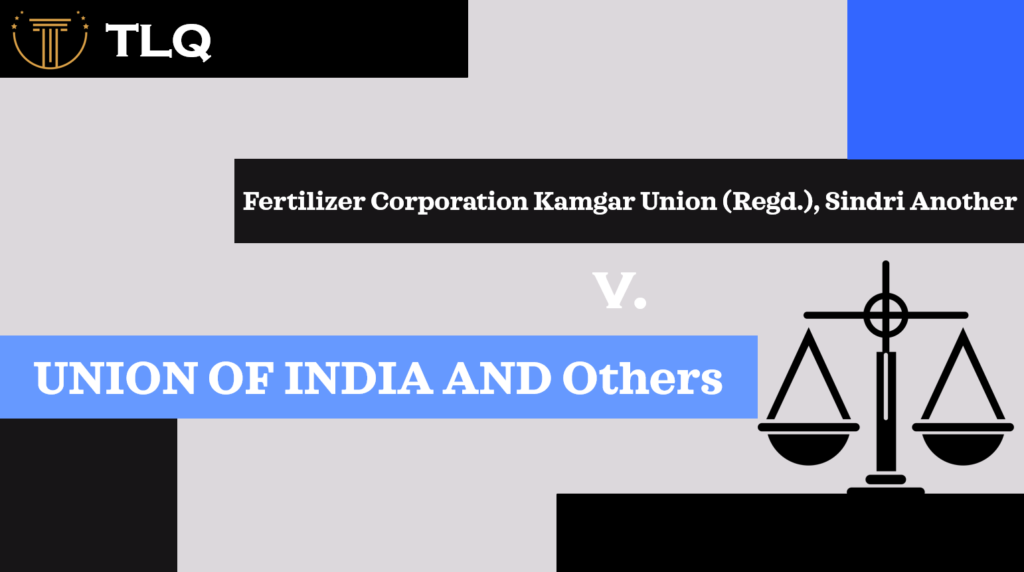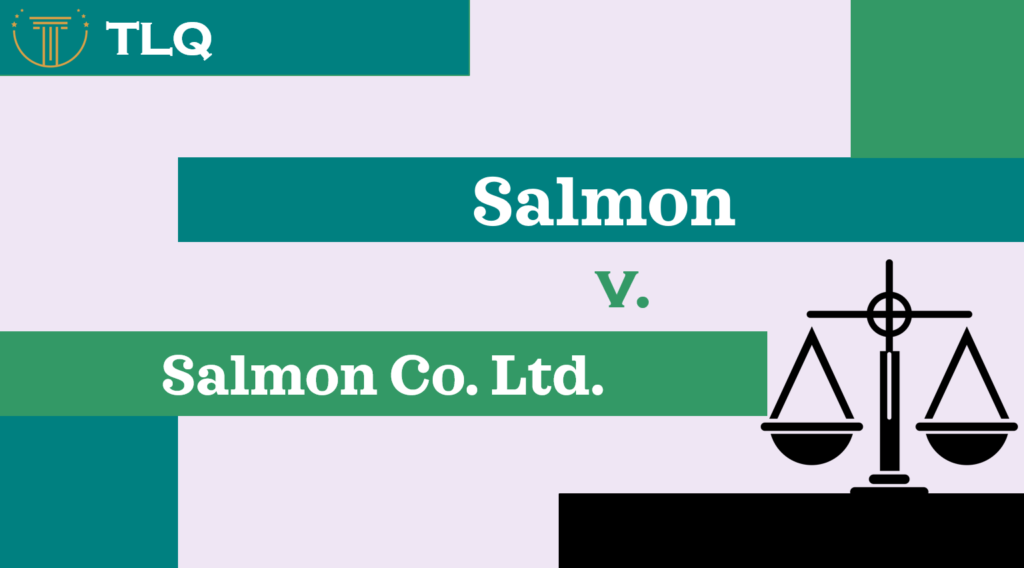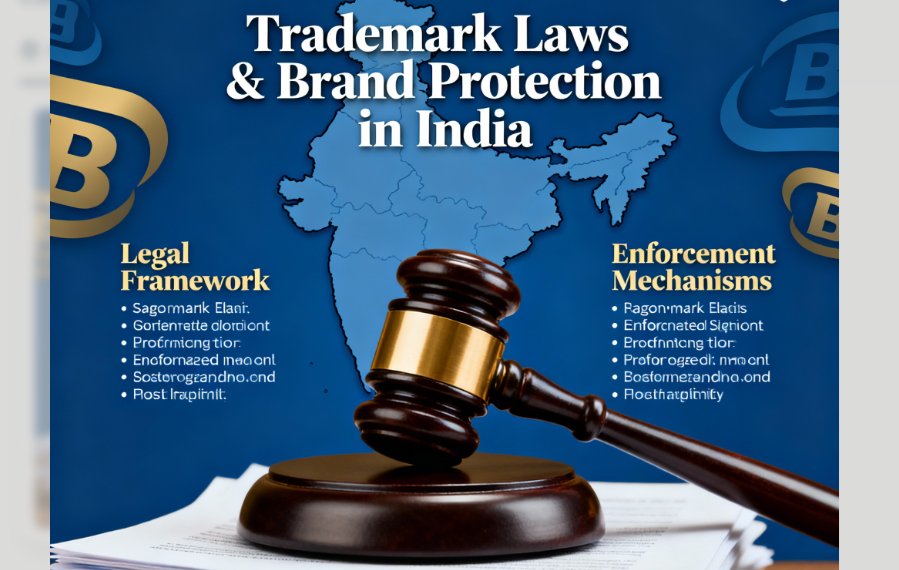Published on 17th July 2025
Authored By: Khushi Sethi
Vivekananda Institute of Professional Studies-TC
ABSTRACT
This article analyzes the landmark case of M.C Mehta v UOI[1], as the case occurred in a petition against a gas leak at Shriram Food and Fertilizers Ltd. it is also popularly known as the Shriram Gas Leak Case. This case is a watershed moment in the history of environmental law, tortious law, public liability and judicial activism in India. The article examines how the case laid the important question of industrial development or environmental and public safety in front of the Supreme Court. Industries are crucial contributors to India’s rapid development but the development cannot be afforded at the cost of public and environmental safety that is from time to time threatened due to industrial hazards, hence in this work the judgment and further steps taken with respect to achieving the balance via this case has been analyzed as well.
INTRODUCTION
Back at that time, the Shriram Food and Fertilizers Ltd. had a chemical plant in Kirti Nagar, a populated area of Delhi. A chemical plant in a place where people reside in huge numbers is a point to note.[2] A hazardous gas called Oleum gas leaked from here in 1985 causing ill effects to the ones in the plant and the ones near the plant. The M.C Mehta case shaped the future of the liability laws and industrial standards that were to be observed strictly.
BACKGROUND AND FACTS
On 4 December 1985, a major oleum gas leak occurred at Shriram’s caustic chlorine unit of the plant. It had adverse effects on the physical health of the workers in the plant and the civilians outside. Dozens were affected; one advocate of the Tis Hazari Court died after inhaling the gas.
A second minor leak followed two days later, calling for intervention under Section 133(1) of CrPC by the District Magistrate. This was directed to stop the use of harmful chemicals, store them elsewhere and not in the place of accident, store it with safety and if the directions are not followed then give reason for non-compliance.
To the above mentioned facts the petitioner, M.C. Mehta, filed a PIL under Articles 21 and 32, demanding the plant’s closure.
Issues raised in the case comprise:
- Whether the Supreme Court could order the reopening of a hazardous plant under Article 32.
- What conditions must be satisfied for operating an industrial unit in a residential area.
- What is the extent of liability in hazardous industries, and does the Rylands v. Fletcher[3] rule apply?
ARGUMENTS
Petitioner:
The petitioner emphasized the need for total relocation of the Shriram factory due to the high risks associated with its operations. They argued:
- Risk to human life[4]: The factory’s production and storage of hazardous chemicals posed a significant threat to human life, both for workers and nearby residents.
- Environmental concerns: The petitioner highlighted the potential environmental damage that could result from accidents or leaks.
- Precautionary principle: They invoked the precautionary principle, which prioritizes caution and safety over economic interests when there is a risk of harm.
Government
The government supported a conditional reopening of the factory, subject to certain safety guarantees. They argued that:
- Safety measures: The factory had implemented safety measures and upgrades to mitigate risks.
- Public interest: The government considered the public interest in maintaining essential services, such as water treatment, which relied on the factory’s products.
- Economic implications: They highlighted the economic implications of closure, including job losses and potential damage to the local economy.
Trade Unions
The trade unions representing the workers emphasized the importance of protecting rights and livelihoods of workers. They argued that:
- Employment concerns: Closure of the factory would result in significant job losses, causing economic hardship for workers and their families.
- Worker safety: The unions emphasized the need for ensuring worker safety, but also suggested exploring alternative solutions that would prioritize safety while minimizing job losses.
- Negotiation and compromise: They proposed negotiation and compromise between the factory management and workers to find a mutually acceptable solution.
Shriram:
Shriram, the company which operated the plant, from where the leak occurred made following the contentions for restarting:
- Safety upgrades: The Company claimed to have implemented safety upgrades and measures to mitigate risks.
- Public utility functions: Shriram highlighted the importance of its products, such as chlorine, for public utility functions like water treatment.
- Economic hardships: The Company argued that closure would result in significant economic losses and damage to its business, potentially affecting its existence.
JUDGMENT HIGHLIGHTS
The Court permitted temporary reopening with stringent conditions, including:
- Appointment of expert safety monitors.
- Mandatory employee safety training and emergency protocols.
- Personal liability for future accidents imposed on the company’s top management.
- Weekly inspections and effluent discharge monitoring by pollution control authorities.
- 20 lakh compensation fund and Rs. 15 lakh bank guarantees.
“The larger and more prosperous the enterprise, the greater the amount of compensation.” This rule was declared non-delegable and without exceptions, differing sharply from Rylands v. Fletcher. Establishing absolute liability as a rule that could be applied in essential industries and fields in India.
Legal Significance and Doctrinal Innovation
Strict Liability vs. Absolute Liability: The Court modernized the liability standard-No exceptions to liability, location and scale of the enterprise considered in assessing damages, liability extends even if the victim was within the premises, it applies to hazardous industries, escape of hazardous substance ,mischief and non-natural use of land.
Why Absolute Liability Principle was needed:
- Old rules were insufficient: India’s rapid industrialization with respect to its speedy developmental goals made the old rules and decisions inadequate.
- Accountability matters: Absolute liability ensures that the industries take responsibility for the harm they cause to public well being and environmental well being. In order to ingrain a sense of sensitivity in the mind of industry runners towards the same.
- Protect environment and people: This principle prioritizes environmental protection and public welfare as the primary goal to be ensured and maintenance of the same.
- Prevent accidents: Absolute liability deters industries from reckless behavior, promoting safety and compliance, which is necessary to strike the balance that has been conveyed throughout.
Public Liability Insurance Act, 1991[5]: The judgment’s influence led to the enactment of the Public Liability Insurance Act, creating a statutory mechanism for fast-track relief in industrial accident cases, ensuring that the loss and sufferings are looked into as soon as possible and gaining the trust of people in the legal system.
Environmental Courts & Judicial Activism: The Court urged the creation of regional environmental courts staffed by judges and scientific experts to ensure the cases are distributed efficiently and the courts looking into several matters are not overburdened, this also ensures that environmental matters are handled by experts. This paved the way for broader judicial activism in environmental governance in a nation like India where the concept was relatively not wide spread.
LONG-TERM IMPACTS AND LEGACY
The principle of absolute liability came to be an outcome of the Shriram Gas Leak case, which was a much supported and needed principle, especially in India, it continues to impact the decisions of industries and regulate their practices establishing responsibility within them.
This case was used as a crucial precedent in the cases to come:
The rule of absolute liability was re-established in the case of Charan Lal Sahu v. Union of India[6] and later invoked during the Visakhapatnam gas leak (2020)[7], where it is a noteworthy point that LG Polymers was ordered to pay Rs. 50 crore to the National Green Tribunal.[8]
The case stood as the foundation for conveying that right to life also includes the right to a healthy life which is ensured by the groundwork that the state lays and the implementation of it, therefore it is an intrinsic part of the fundamental right of right to life, enshrined under article 21.
CONCLUSION
The M.C. Mehta v. Union of India case, is a widely recognized and much celebrated case, it stands as a pivotal moment in India’s legal history, reshaping the landscape of environmental law, public liability, and judicial activism. By introducing the principle of absolute liability, the Supreme Court not only held hazardous industries accountable but also prioritized the safety of people and the environment over unchecked industrial growth. This landmark judgment struck a delicate balance between India’s developmental interests and the duty to protect its citizens from industrial hazards. Its legacy can be seen through landmark legislation like the Public Liability Insurance Act, 1991, and the establishment of environmental courts, ensuring that the right to a healthy environment is enshrined as a fundamental aspect of life under Article 21. The case remains a powerful reminder that progress must never come at the cost of human lives or the nature’s well-being.
In conclusion, the M.C. Mehta v. Union of India judgment marked a transformative shift in how environmental concerns are addressed within the legal framework. It set in motion a progressive legal approach that emphasizes accountability, foresight, and the integration of environmental considerations into governance and industrial practices. The case continues to serve as a guiding precedent for future rulings, inspiring stronger enforcement of environmental norms and reinforcing the judiciary’s role in upholding ecological justice. Its enduring impact is a testament to the power of law in shaping a more equitable and environmentally conscious society.
REFERENCES
[1] M.C. Mehta v Union of India (1987) 1 SCC 395.
[2] ‘Case Brief: M.C Mehta vs. Union of India (UOI) and Ors.’ (LawBhoomi, 4 March 2022) https://lawbhoomi.com/case-brief-m-c-mehtavs-union-of-india-uoi-and-ors/ accessed 23 May 2025.
[3] Rylands v Fletcher (1868) LR 3 HL 330.
[4] ‘Case Brief: M.C Mehta v Union of India (Oleum Gas Leak)’ (LegalFly, 2022) https://legalfly.in/case-brief-m-c-mehta-v-union-of-india-oleum-gas-leak/ accessed 23 May 2025.
[5] Public Liability Insurance Act 1991
[6] Charan Lal Sahu v Union of India (1990) 1 SCC 613.
[7] In re: Gas Leak at LG Polymers Chemical Plant in RR Venkatapuram Village, Visakhapatnam (2020) Original Application No. 96/2020, National Green Tribunal.
[8] Jayashree Nandi, ‘LG Polymers told to pay Rs 50 crore interim relief’ Hindustan Times (New Delhi, 9 May 2020) https://www.hindustantimes.com/india-news/lg-polymers-told-to-pay-50cr-interim-relief/story-aETvfDM0f9DeOZaxWqZ29I.html accessed 28 May 2025.



